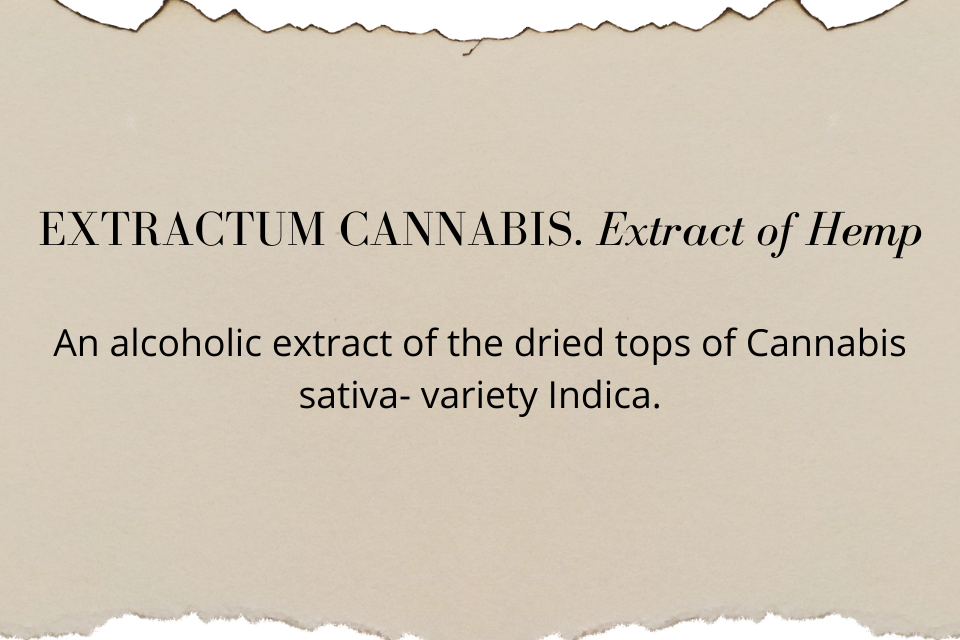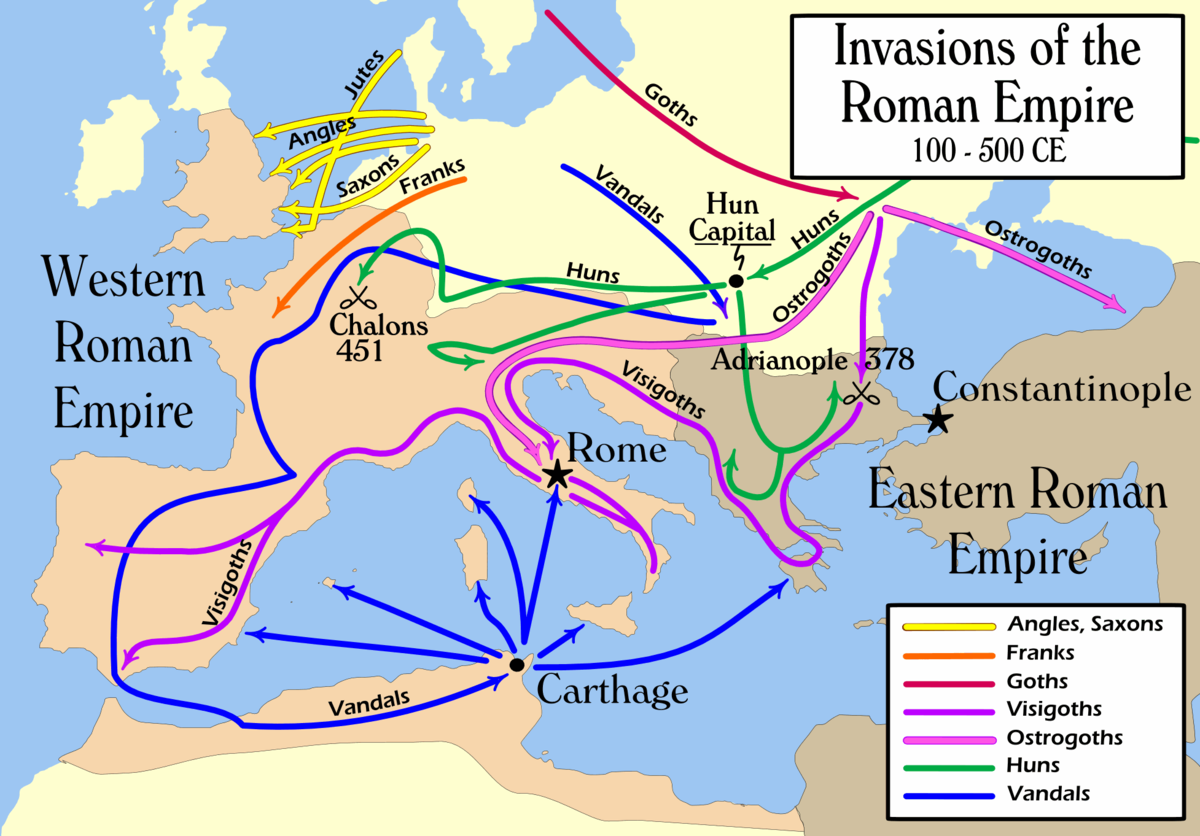77 CE: Dioscorides describes cannabis in ‘De Materia Medica’

77 CE: Dioscorides describes cannabis in ‘De Materia Medica’.
Pedanius Dioscorides (circa 40—90 CE) was a Greek physician, pharmacologist, and botanist. He was the author of a 5-volume encyclopedia, or pharmacopeia, about herbal medicine and related medicinal substances: ‘De Materia Medica’. Written around the year 77, it has five books and deals with approximately 1,000 simple drugs.
As a surgeon with the armies of the Roman emperor Nero, the travels that Dioscorides made provided him an opportunity to study the features, distribution, and medicinal properties of many plants and minerals.[1]
It documented the description and direct observations of plants, fruits, seeds, and various drugs on patients. The Materia Medica contains excellent descriptions of nearly 600 plants along with several therapeutically and beneficial animal and mineral products, including colchicum, water hemlock, peppermint, and Dioscorides describe cannabis.
Book one describes the uses for aromatic oils, salves and ointments, trees and shrubs, and fleshy fruits, even if not aromatic. Book number two included uses for animals, parts of animals, animal products, cereals, leguminous, malvaceous, cruciferous, and other garden herbs. Book number three detailed the properties of roots, juices, herbs and seeds, and other plants used for food or medicine. Book four continued to describe the uses for roots and herbs, specifically narcotic and poisonous medicinal plants. Book five dealt with the medicinal uses for wine and metallic ores.[2][3]
In book Three, hemp is described: “Cannabis indica-the root (boiled and applied) can lessen inflammation, dissolve edema, and disperse hardened matter around the joints.’ and ‘Cannabis sativa is a plant of considerable use for twisting robust ropes. The seeds eaten in quantities quench conception, and the herb (juiced while green) is good for earaches.”[4]
Although the work may be considered little more than a drug collector’s manual by modern standards, the original Greek manuscript, copied in at least seven languages, describes most drugs used in medical practice until modern times. It is a precursor to all modern pharmacopeias and served as the primary pharmacology text until the end of the 15th century.[5]
1.BORZELLECA, Joseph F.; LANE, Richard W. (2008): The Art, the Science, and the Seduction of Toxicology: an Evolutionary Development. In HAYES, A. W.: Principles and methods of toxicology (5th ed.). Taylor & Francis Group. p. 13 2. Osbaldeston, Tess Anne Dioscorides(Ibidis Press,2000) 3. COLLINS, Minta: Medieval Herbals: The Illustrative Traditions. (London: The British Library and University of Toronto Press, 2000): . 4. De Materia Medica: Being an Herbal with many other medicinal materials, translated by Tess Anne Osbaldeston (2000). (Publisher Ibidis Press: Johannesburg). 5. PARKER, Linette A. A Brief History of Materia Medica, in The American Journal of Nursing, Vol.15, No. 9 (June 1915). pp 729-734 and Riddle, John M. Dioscorides on pharmacy and medicine. (Austin: University of Texas Press,1985) Research and text © Hempshopper Amsterdam.


 Hempshopper Amsterdam
Hempshopper Amsterdam 






